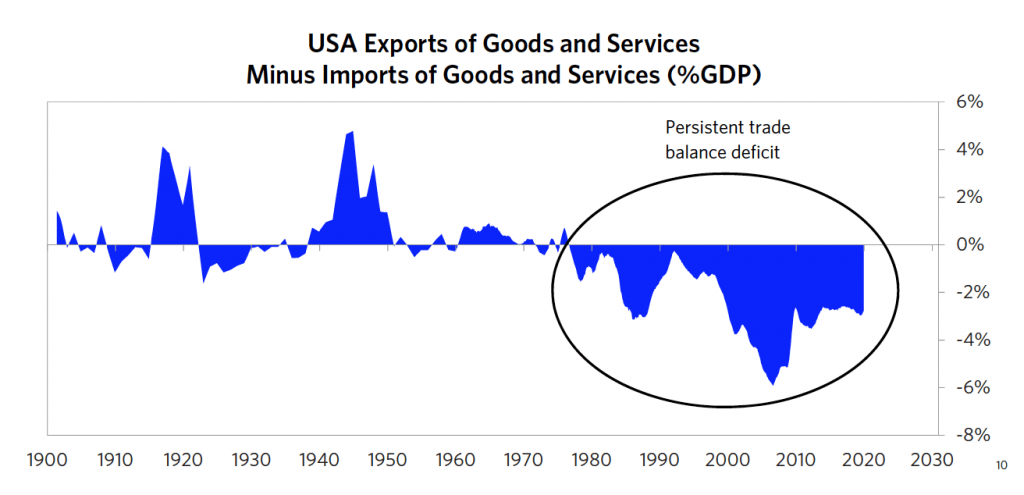Unlocking the Mysteries of the Capital Account: A Deep Dive
Capital account definition
The Capital Account is the summation of foreign purchases of a country’s domestic assets minus the country’s purchases of foreign assets.
When a foreign person or company buys a country’s asset whether it’s a physical asset or stock, bond it is recorded as a credit (money comes in) and when the country’s citizen or company buys a foreign asset it is recorded as a debit (money goes out) of the Capital Account.
More specifically, the United States runs current account deficit with China, by importing more goods than exporting. This deficit is paid, by selling US bonds, stocks or physical assets to China.
A country’s current account balance and the wider form of the capital account should be equal. When it isn’t there is a residual or balancing item. The balancing item is the difference between the current account balance and the capital account and is a change in reserves.
A negative change in the country’s foreign reserves counterbalances a surplus in the sum of the current account balance and capital account. This means that more currency is coming in than going out to the rest of the world hence there is increasing demand for the country’s currency by the rest of the world which shows economic growth.
Capital account formula

Capital Account vs Current Account
A country’s finances are reflected in a simple income statement of revenue and expenses and a simple balance sheet of assets and liabilities. When a country’s revenue, from what one sells, is greater than one’s expenditure, there is positive net income, which leads to one’s assets to rise relative to one’s liabilities (most importantly debt, which raises one’s net savings.
A country’s net income is defined by its export earnings minus import spending (balance of goods and services) that makes the net income of a country that comes from trading with foreigners.
If one buys more than one sells, he has to finance the difference by some mix of drawing down one’s savings and/or borrowing. One can think of a country’s savings as its foreign-exchange reserves.
The United States has one of the largest current account deficits in the world. It finances this current account deficit by running down its reserves/savings and building a lot of debt that is owed to foreigners.
A current account deficit indicates that the country is reducing its holdings of foreign assets and that foreign countries are increasing their claims on the country. The country is consuming or investing more than it is saving. The economy is using resources from other economies to meet its consumption and investment requirements.
The increasing claims on the country from the rest of the world is depicted in the country’s Capital Account.
The Current Account Balance for the United States since 1980 is negative i.e. the United States is importing much more than its exporting. The United States is sending $4 trillion more abroad than they receive.

The current account deficit is negated by the Capital Account.